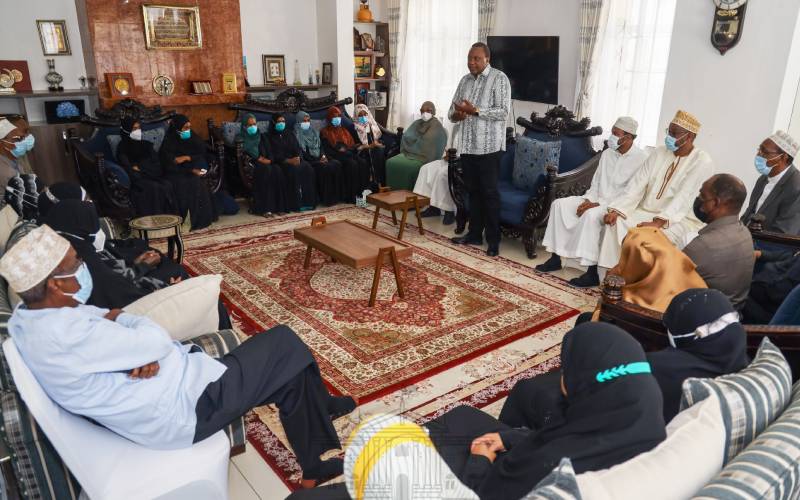×
The Standard e-Paper
Join Thousands Daily

To those unacquainted with Muslim customs, the burial ceremony of Garissa Senator Yusuf Haji on Monday may have appeared out of the ordinary for a dignitary.
Compared to former Cabinet minister Simeon Nyachae’s burial in Kisii on the same day, Haji’s seemed unremarkable: There was no service in a stadium, no fancy coffin, and no eulogies.